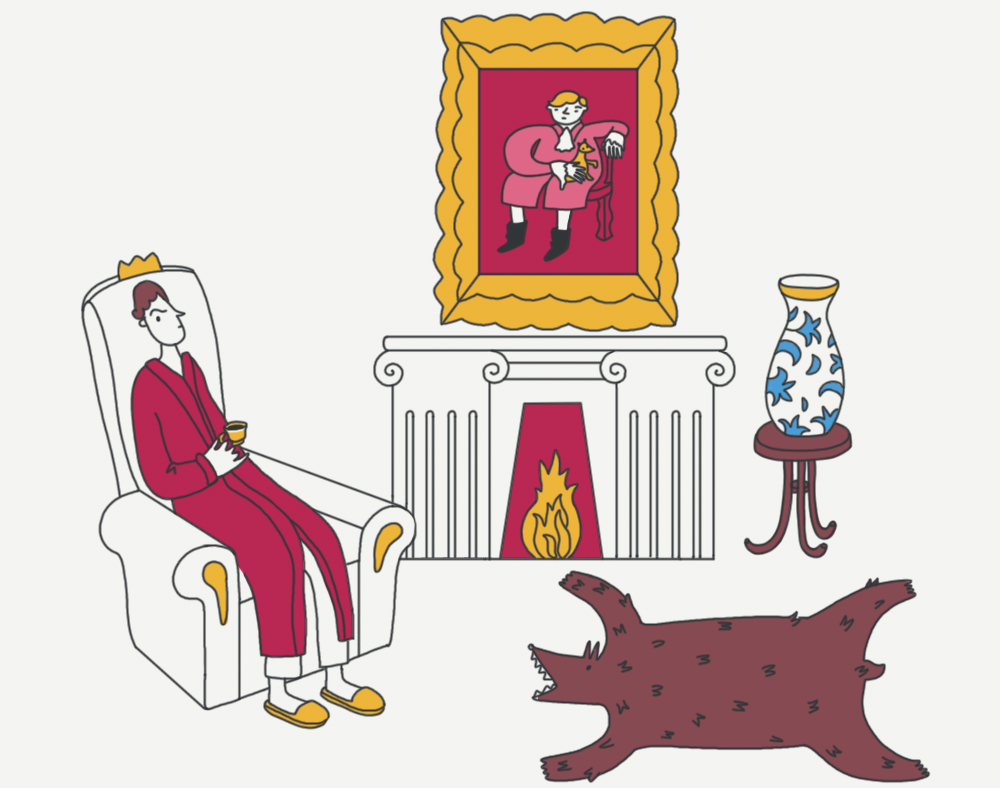- All topics
- Services
- Industries
- Opinions
- Dedicated Teams
- 4 min read
What Kind of People Do You Need on Your Team?
Contents
We are all different, and shaped by our upbringing, education, and lifestyles. As a result, our personalities become objects of interest to researchers. One of them, Dr William Marston, developed a matrix dividing the features of character into four archetypes. Beetroot has taken Marston’s matrix and tuned it a bit by assigning easily memorable names to each of these archetypes, used when putting together teams. These are energizers, brains, sheepdogs and dominators.
But before we get to the archetypes, we should put in a word of caution. There are many other ways to define personality that are less oriented towards building teams, with examples based on 9 archetypes or even 16. Marston’s model is, furthermore, only one of the many tools we use to design a great team. And it’s not a universal solution by any means. It doesn’t create a full spectrum of personality types, and none of us are pure representatives of a certain archetype. In the end, though, a sharp eye can spot the most distinctive features of energizers, brains, sheepdogs or dominators and balance them all to build a productive team.
Energizers
These guys have what seems to be inexhaustible energy. They are motivators, evangelists and entrepreneurs all rolled up into one neat package. With a relentless passion for starting something new, these people would be helming expeditions to the new lands back in the old days. Today, they generate ideas for startups. Their inner fire is powerful, but they burn out fast. Often it takes another terra incognita or a new startup to reignite their flame.
Energizers are the heart and soul of any team, pushing everyone over the edge of their potential. You need them to keep your team motivated and upbeat.
How to find them? It won’t be hard to spot them during job interviews. Just keep your eyes open for a person, who talks fast and passionately. Energizers like to be appreciated and try to draw attention to their persona by any possible means. Their CVs are riddled with speeches they’ve given, presentations they’ve made, and projects they’ve helmed.
Leadership potential. Energizers are, at least traditionally, natural born leaders. The majority of CEOs grow from this type of personality. Their potential downsides are a lack of long-term focus and neglect of areas they no longer find interesting, discipline and in some cases – empathy.
Brains
It comes as no surprise that the next person you should have on your team is the energizer’s opposite. Brains have an inexhaustible thirst for new knowledge. They are logical, thoughtful and balanced. Their greatest passion is diving headfirst into the world of information and looking for answers with curiosity and vigor. Quite expectedly, social interactions aren’t necessarily their strongest side.

To keep a team balanced, both energizers and brains need to be on board. Energizers will help to jiggle brains into new projects. Brains, in turn, will keep energizers from dropping out of the race when they lose interest.
How to find them? When talking about their previous job experiences, brains will drop a truckload of technical details on you. Their speech is paced and measured. They like to have strict rules and precise briefs before starting on any given project.
Leadership potential. Brains don’t like to be leaders in the traditional meaning of the word. Their dislike of public speaking and communicating with people dials back their chances of helming the team. However, they frequently become kingmakers—deliberately influencing major decisions with their knowledge and authority.
Sheepdogs
These team members make the sun shine brighter. Sheepdogs are everybody’s buddy, the magic glue that keeps a team together. They’re also top-tier conflict-solvers, as their mild and amicable character is a soothing influence on those around them. They even out the hard edges, paving the way for a calmer negotiation process.
In a team of brains and energizers, it is crucial to have a sheepdog as well. We mentioned before that opposites attract—but life ain’t no walk in the park. Such dissimilar people, as brains and energizers, inevitably end up in controversies and quarrels. This is when sheepdogs step in to calm things down.
How to find them? You’ll probably spot them after realizing that your interview should have ended an hour ago. Not because either of you is too talkative or slow—you’re just truly enjoying their company.
Leadership potential. Surprisingly, sheepdogs are the captains of the future. They will not only lead the team—they will be a part of it, uniting people unconditionally and naturally. If they also possess some of that enviable energizer vigor, they will make for the best leaders of all time.
Dominators
Dominators are among of the stronger personalities in this squad. Their problem-solving mindset, lack of aversion to risk-taking, and never-say-die attitude make them irreplaceable in tough times. Dominators keep up their optimistic attitude even in crisis situations. Their self-confidence and eagerness to work until they win helps them to stay on top.

Usually, dominators are the ones who see the goal clearly and pursue it persistently. They are natural born speakers and can persuade their teammates—one way or another—to dive into any incredulous adventure. Their leadership aura reeks of power, enkindling many teams, burning others out. This is a robust individual who can be overwhelming.
How to find them? You will notice their confident, specific and imposing manner of speaking. They know precisely how much they are worth of and their inner dialogue is well-rehearsed to motivate this.
Leadership potential. Huge, but in a certain “we need to reach the goal at any cost” kind of way. This kind of character often has a very traditional type of leadership talent. To many, it represents an inefficient style that is fading out from contemporary business; a successful, modern leader should be empathetic and caring.
A good team should be heterogeneous. By combining different types of personalities, you are able to leverage your team’s strongest sides and conceal its weaknesses. All four types that we’ve discussed here have a place in a team. Knowing who, where and when—now that’s your million dollar question.










